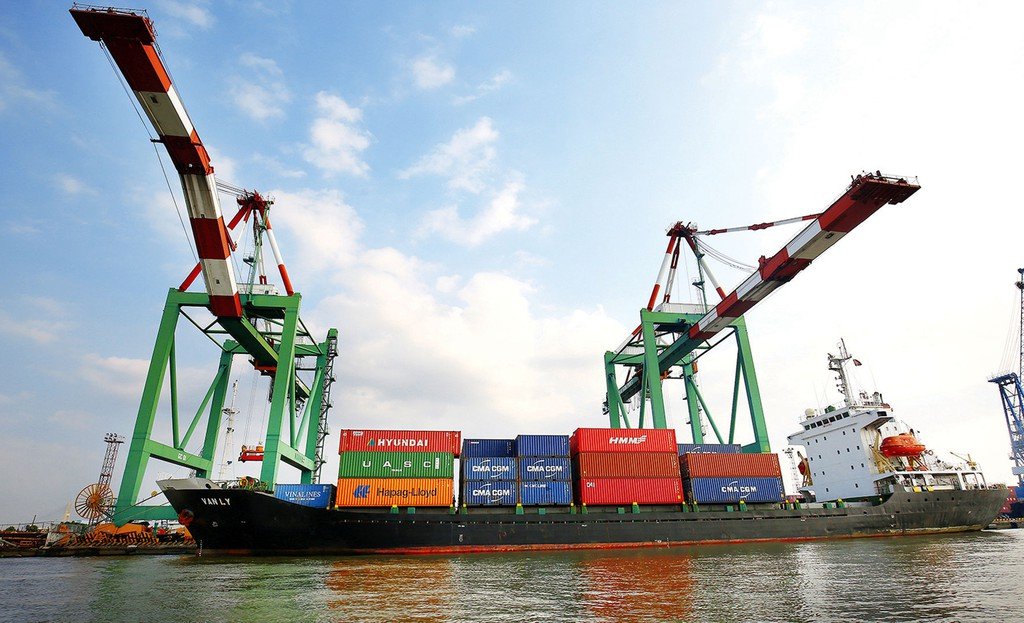While transporting goods, there is often a risk to the goods such as loss or damage. In this article, Lawyer will share to readers the provisions of the law to determine the rights, obligations and responsibilities of the parties when risks occur during the performance of a contract for goods purchase and sale.
1. Transfer risks in case of definite delivery:
If the seller is obliged to deliver the goods to the buyer at a given place, the risk of loss or damage to the goods shall be transferred to the buyer when the goods have been delivered to the purchaser or the person authorized by the purchaser. receive goods at that location, even in cases where the seller is authorized to retain documents proving ownership of the goods.
2. Risk transfer in the absence of a defined delivery location
If the contract prescribes the carriage of goods and the seller is not obliged to deliver the goods at a given place, the risk of loss or damage of the goods to the buyer when the goods have been delivered to the buyer first carrier.
3. Transfer risks in the case of delivery to the consignee for delivery and not to the carrier
If the goods being held by the consignee for delivery are not the carrier, the risk of loss or damage of the goods to the buyer shall be in one of the following cases:
When the buyer receives documents of ownership of the goods;
When the consignee confirms the purchaser’s right to possess the goods.
4. Risk transfer in case of sale of goods on the way of transportation
If the object of the contract is goods in transit, the risk of loss of or damage to the goods is transferred to the buyer from the time the contract is entered into.
5. Transfer of risks in other cases
In other cases, risk transfer is provided as follows:
Risk of loss of or damage to the goods transferred to the buyer, from the time when the goods are at the disposal of the buyer and the buyer breaches the contract for not accepting the goods;
The risk of loss of or damage to the goods shall not be passed on to the buyer, if the goods are not clearly identified by means of transport codes and symbols, are not notified to the buyer or not determined by any any other way.
In addition, readers can refer to INCOTERM international trade rules that have been recognized and widely used in the world.
One of the popular rules is Incoterm 2010, including 11 articles, divided into 4 groups E, F, C, D, detailing the names as follows:
Group E – 1 provision: ExW (ExWork): Delivery at the place of production of goods
Group F – 4 terms: including FOB (Free On Board), FCA (Free Carrier), FAS (Free Alongside)
Group C – 3 terms: including CRF (Cost and Freight), CIF (Cost Insurance and Freight), CPT (Carriage Paid To), CIP (Cost Insurance Paid to)
Group D – 3 terms: DAT (Delivered at Terminal), DAP (Delivered at Place), DDP (Delivered Duty Paid)
Of the above 11 conditions, four conditions should be applied only for inland and marine transport (FAS, FOB, CFR, CIF). The remaining 7 conditions are applicable to all modes of transport: road, rail, sea and air.
Above are some issues related to “risks in commodity trading contracts”, if you need advice, contact us at the hotline: 0984624444 or email “phapluatdoanhnghiepso1@gmail.com” “.














